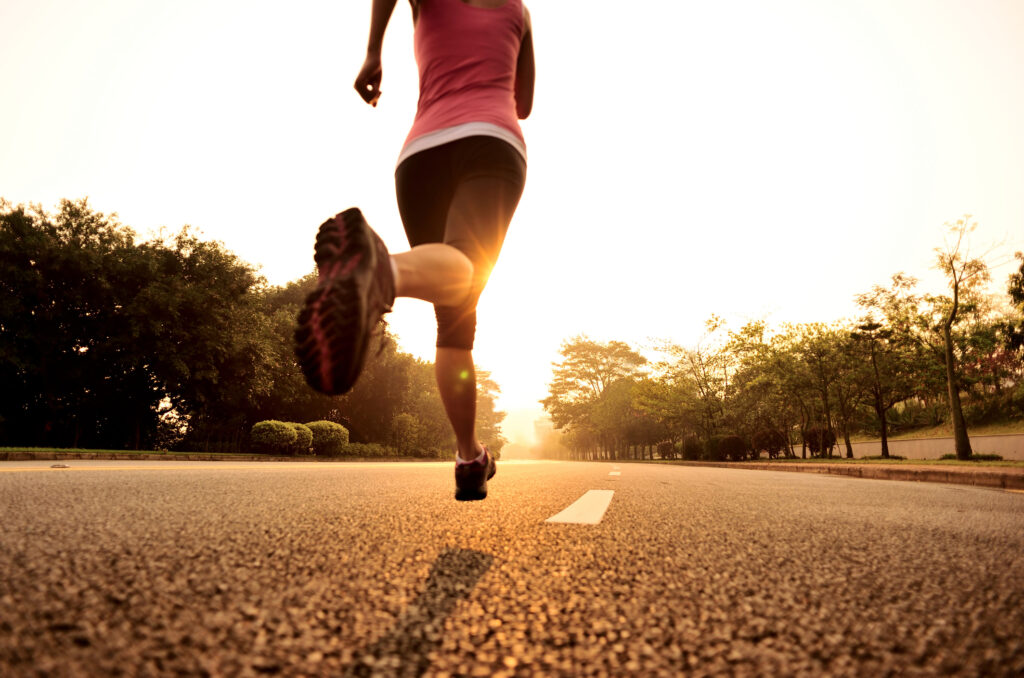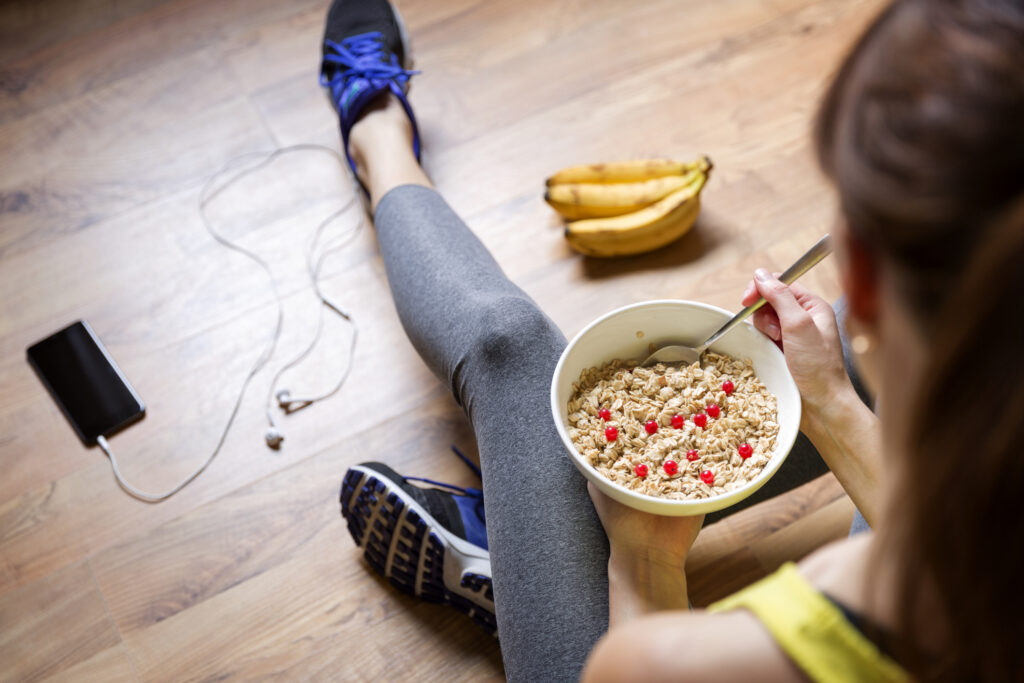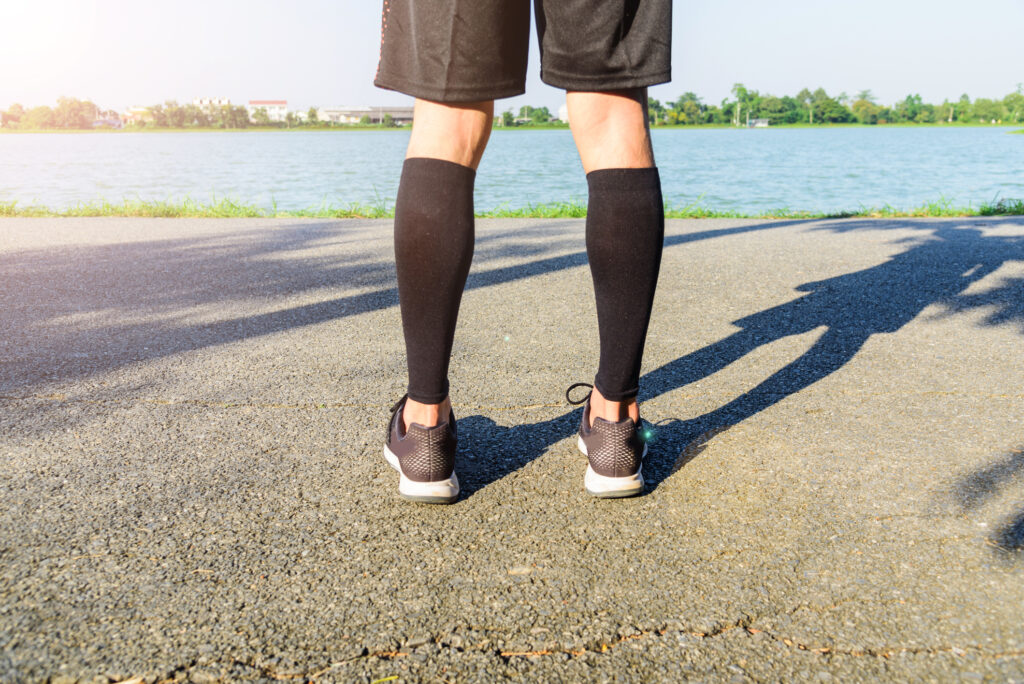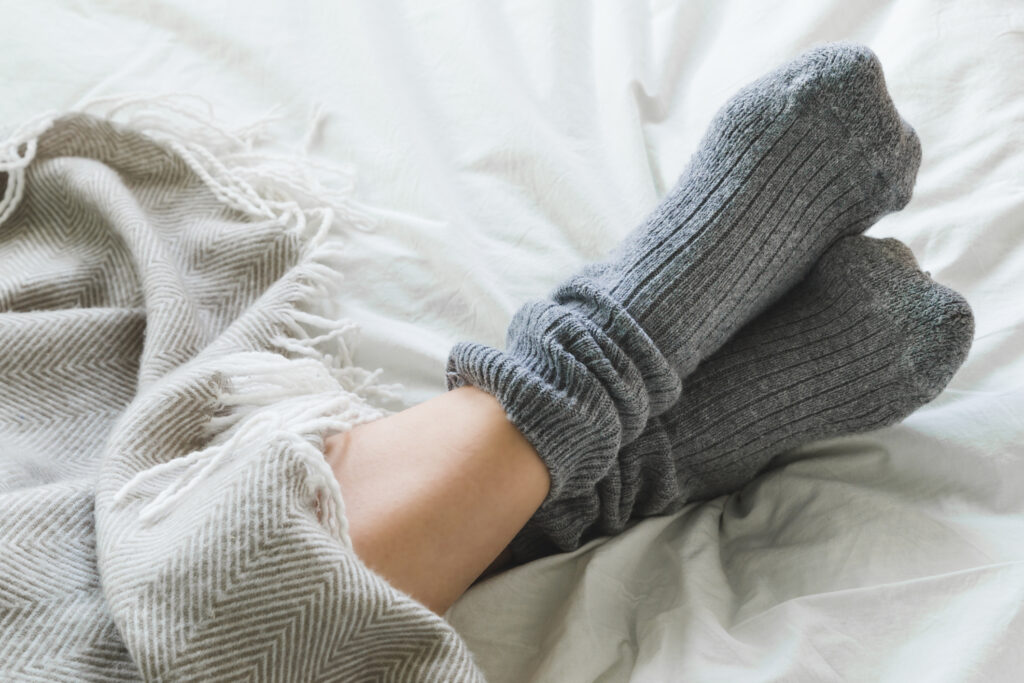
As a middle-aged runner, I’m always looking for ways to recover faster with less pain and soreness. Through research and experimentation, I discovered some top tips which you may find helpful as well.
There are several things you can do to support the body’s recovery process after a run. Many have found they can recover quicker and with less soreness focusing on few simple strategies. While everyone is different, there is a lot of evidence to support specific post workout routines that can impact our recovery.
All the benefits of a workout happen during the recovery phase. This period is when the body is repairing itself from the stress of the workout and rebuilding itself stronger. Read below for tips that can support and enhance your running recovery so you can come back faster and stronger.
Be sure to include a cool down of 5-15 minutes
A cool down is the gradual decrease in exercise intensity allowing the body to slowly adapt and return to a normal heart rate. This will mean gradually reducing the speed you have been running for a few minutes until you are doing a brisk walk.
A cool down can encourage good blood flow back to the heart and brain which can prevent feelings of lightheadedness or dizziness. It also improves the removal of lactic acid build-up in the body which can lead to sore muscles and fatigue.
It is recommended that a cool down last from 5 to 15 minutes. The amount of time you should spend will depend on how quickly your heart rate can return to more normal levels. The intensity, duration, and your fitness level will all impact how long your cool down should be.
If you’ve been tempted or have a habit of skipping a good cool down you may some need additional motivation. Click here to read my article for more information including additional benefits of a proper cool down.
Begin rehydrating as soon as possible

You lose precious fluids during exercise, especially during cardio sessions like running. Getting rehydrated as soon as possible will start and support the recovery process.
We know that all kinds of bad things happen in the body when you are dehydrated from minor annoyances like headaches and muscle cramps to more severe and life-threatening. Getting rehydrated should be a priority after a workout session, especially after hard and/or long runs.
The benefits and importance of rehydrating is well known for any athlete. In fact, there is an entire market out there of unending sports drinks and drink supplements targeted to help one’s exercise performance and recovery.
As runs become longer or more intense, you may wonder how to rehydrate properly. See another article I wrote here that examines more of the benefits of properly rehydrating, how to make sure you are drinking enough, and when to supplement with electrolytes.
Walking is a great recovery method at any time
Walking is one of the simplest and most convenient ways to boost recovery after a run. It can be used as part of a cool down and you may find the longer you walk, the more benefits you get.
Besides being used as cool down, walking is a great way to keep the body limber and prevent soreness later in the day. Many have found incorporating active recovery (light, low-impact movements or activity) significantly helps improve muscle fatigue and soreness.
There are a lot of other benefits to walking for good recovery and a healthy body. For more on these benefits and a little extra motivation to incorporate more walking in your lifestyle click on my article here.
Consider a snack or meal soon after your workout

Studies have found that eating a snack or meal that includes both carbohydrates and protein soon after a workout supports and speeds up the recovery process. While experts recommend eating within 2 hours after an intense workout, studies have found the sooner (with 15 -30 minutes) the better.
Consuming simple carbohydrates soon after a workout has been shown to help quickly restore glycogen stores that have depleted during longer or harder exercise sessions. Including protein has been shown to improve protein synthesis which repairs and rebuilds the muscles just used.
If you are surprised that including protein and eating soon after a workout can greatly impact your recovery you are not alone as I was skeptical myself. For more on the benefits and ideas for a post-workout snack or meal see my article here.
Consume Turmeric to reduce inflammation
Turmeric has gotten a lot of attention in recent years for its anti-inflammatory properties. It is one of the most widely used plants that is used not just as a spice in many dishes but has been used in traditional medicine for thousands of years.
Besides reducing inflammation, turmeric has other beneficial properties that runners can benefit from including reducing pain. It’s high antioxidants content makes it a powerhouse worth including in your post-workout recovery routine.
I’ve been a fan of turmeric for a while, but after reading more on the benefits I’ve been motivated to include it more regularly in my recovery strategy after intense runs. For more on the benefits, how best to consume it after a run, and who should avoid using it see my article here.
Wear compression sleeves throughout the day

There are many beneficial effects of wearing compression clothing post workout such as faster strength and functional recovery. One of the best things I like about them is the immediately relief I get in my sore calves.
Compression therapy has a long history of uses and benefits and has recently hit the exercise scene. The compression is particularly helpful later in the day if you are unable to move around a lot, like sitting at a desk for work.
I had been running for several years and recently discovered the benefits of these little gems. If you haven’t used them before read more about the benefits, my personal experience, and when not to wear them in my article here.
Incorporate massage therapy, especially after intense workouts
Massage therapy has been for used for centuries to relieve pain and promote healing in the body. It has many benefits to the mind and body to support the recovery process.
Massage therapy is not a panacea to sore muscles and stiff joints, but many including myself have found it to provide immediate relief. Foam rollers and massage guns are extremely popular and helpful, but I find a licensed massage therapist to be most effective.
Many elite athletes incorporate massage therapy in their exercise routine, but there are some things to consider if it is right for you. See my article here for more benefits and when experts recommend one should not have a massage.
Keep moving throughout the day unless you have pain
Engaging in low intensity exercises or movement throughout the day is usually best to prevent stiffness and soreness. While it may be tempting to sit on the couch after a hard or long run, you will get more benefit by continuing to move around.
There are many who can attest to the benefits of walking more than you may have planned after a hard workout. You will likely be surprised that not only are you less sore, but actually feel better than if sat around all day.
Pain is usually an indication of injury so if you are experiencing any pain after a workout, you should rest and seek medical advice. For normal pain from soreness, walking is a great way to keep the joints and muscles limber and aid in the recovery process.
Include Rest Days as needed

Not to be overlooked in the need for rest, meaning no running or other exercise. The body does need periods of inactivity to rebuild and repair itself. Extra sleep can work wonders and is where all the recovery magic happens.
Experienced and heathy runners will usually need a day of rest to recover from an intense run. New runners will likely need more time to recover. Most will need many days or even weeks to recovery after a half or full marathon.
An extra day or two of rest can ward off injury and allow the body to come back stronger. Taking an extra day of rest will do the body more good than getting the next run in.
Of all the above tips, sufficient rest is probably the hardest strategy to apply and yet it is the most important. Be sure to listen to your body, get proper rest, and give yourself the best opportunity for all the above tips to support your recovery process.